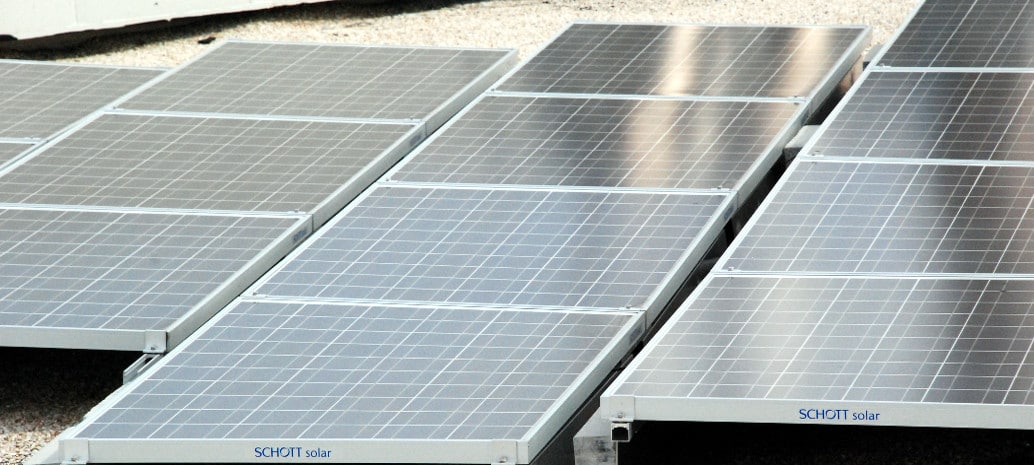The road to increasing New Jersey’s solar mandate and reforming its historically troubled system of incentives has already been long, and as of yesterday returned to its initial step: the introduction of bills in the New Jersey House and Senate.
It is not for lack of trying. In January former New Jersey Governor Chris Christie (R) walked out of office with a bill to increase the state’s solar target under its renewable portfolio standard (RPS) tucked in his pocket, removing the likely override of a less underhanded veto.
With new Governor Phil Murphy in office, the bill was re-introduced a week later. However, in February the bill was combined with separate and less popular legislation that attempted to rebrand nuclear power as “clean” generation and to provide subsidies through a credit program.
And now, three weeks later, this unlikely coupling is over, with companion bills (A3723 and S2314) to increase the state’s solar mandate minus a nuclear bailout introduced in both the House and Senate.
pv magazine has been unable to read the text of the actual bills, which have not yet been posted to the New Jersey legislature’s website. However, according to Solar Energy Industries Association (SEIA), the bills will increase the mandate for the amount of electricity from solar that the state’s utilities must procure under its RPS, similar to the previous S529. At the time of publishing this article, the exact amount by which this would be raised was not clear.
The bills would additionally reduce the cost of the RPS program by lowering the alternative compliance payments that the state’s utilities must make, while setting up a process for the state to purse the creation of a new incentive system and for closing the renewable energy credit (REC) program.
This last point is particularly significant for New Jersey’s solar market, which saw a crash in 2013 due to a collapse of solar renewable energy credit (SREC) prices. New Jersey is not the only state to experience this, and in part due to the problems with SRECs California, New York and now Massachusetts have moved to other incentive programs for small-scale solar.
Finally, the legislation would enable the creation of a community solar program, with an emphasis on low-income utility customers and those living in multifamily buildings.
The bills have been enthusiastically endorsed by SEIA, Vote Solar, The Alliance for Solar Choice, the Coalition for Community Solar Access, the Mid Atlantic Solar Energy Industries Association, and other groups. They are also going into a legislature that has shown strong support for renewable energy, under a governor who has been outspoken champion of renewable energy – including calling for the state to transition to 100% clean energy by 2050.
The only question now is whether they can become law in time to avert the next crisis in New Jersey’s volatile solar industry.
This content is protected by copyright and may not be reused. If you want to cooperate with us and would like to reuse some of our content, please contact: editors@pv-magazine.com.









By submitting this form you agree to pv magazine using your data for the purposes of publishing your comment.
Your personal data will only be disclosed or otherwise transmitted to third parties for the purposes of spam filtering or if this is necessary for technical maintenance of the website. Any other transfer to third parties will not take place unless this is justified on the basis of applicable data protection regulations or if pv magazine is legally obliged to do so.
You may revoke this consent at any time with effect for the future, in which case your personal data will be deleted immediately. Otherwise, your data will be deleted if pv magazine has processed your request or the purpose of data storage is fulfilled.
Further information on data privacy can be found in our Data Protection Policy.